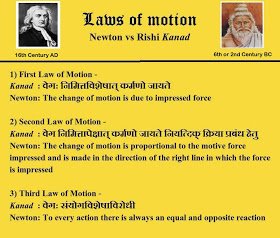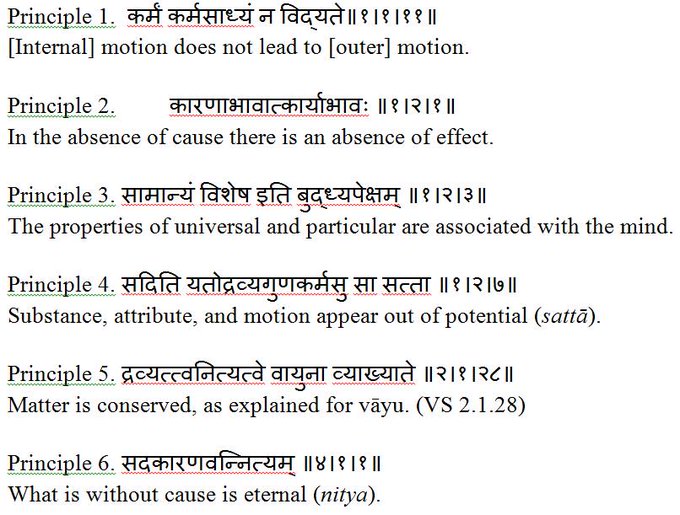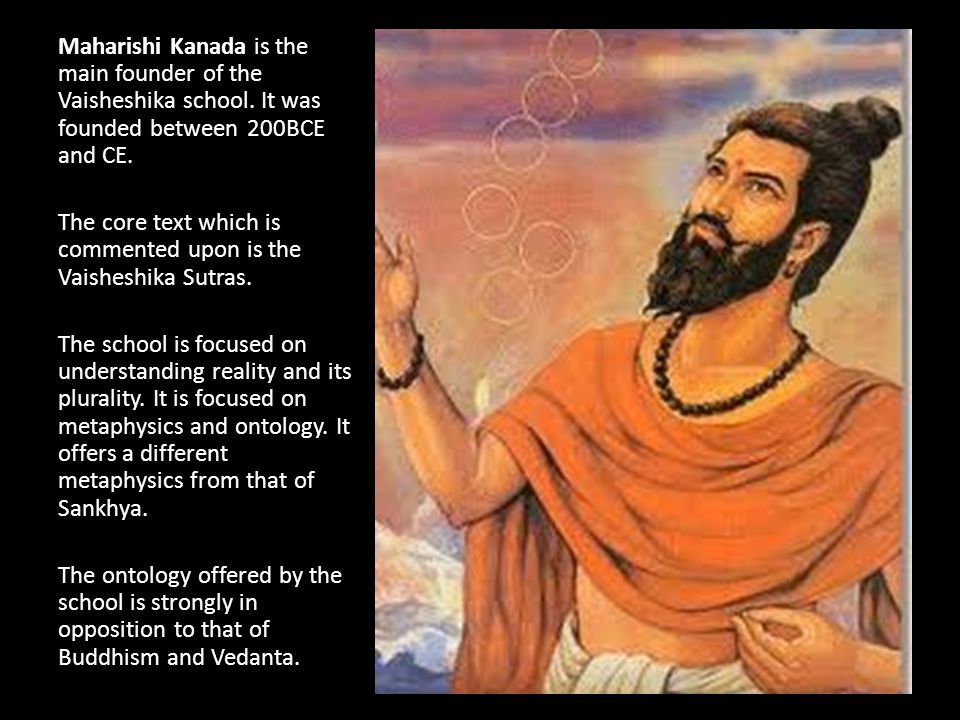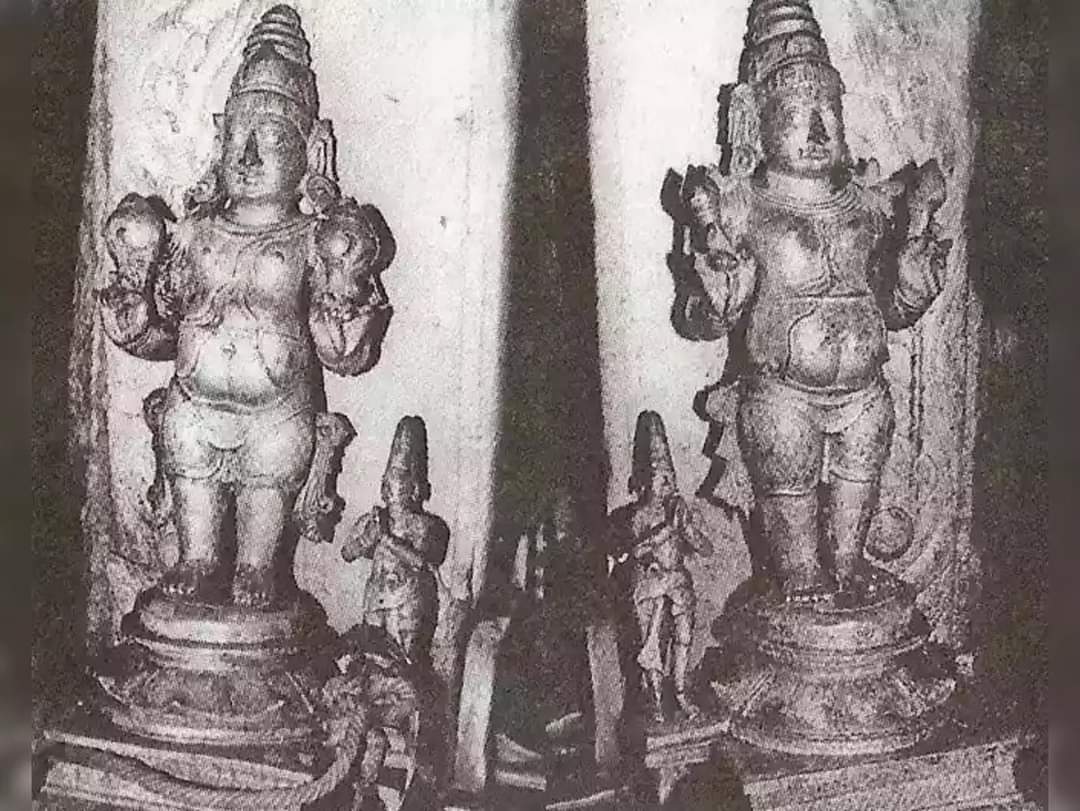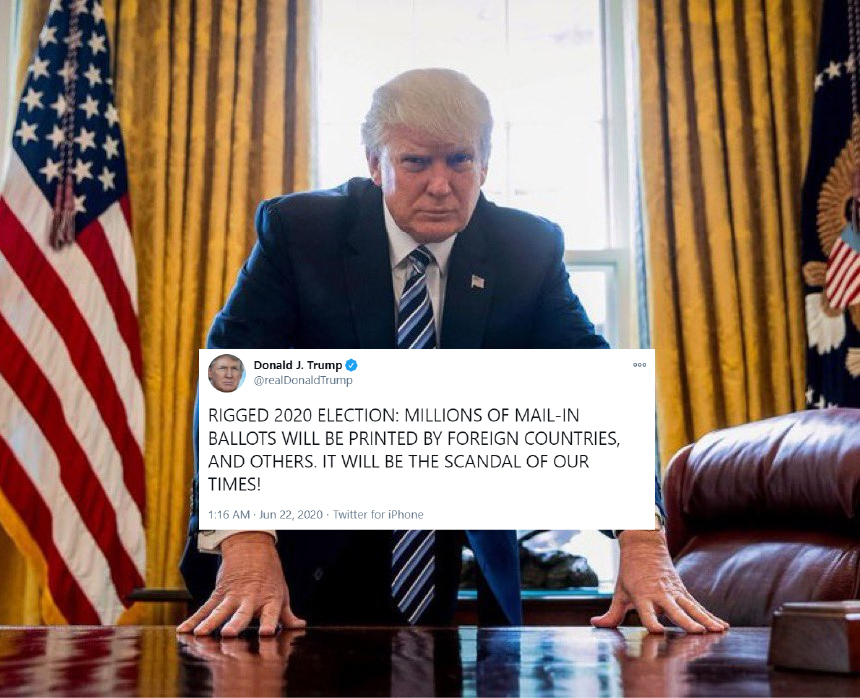2. "Prayer" is merely the starting point in Sanatana Dharma. The layers & levels beyond that boggle d mind as to both the longevity & sagacity of this Civilisation which places such emphasis on spirituality. This is d knowledge that Dharma seeks to preserve, this is beejaraksha.
3. Given the attempts over millenia to unpack the layers of consciousness, and so that subsequent generations do not reinvent the wheel, the concept of a Sampradaya was put in place which roughly translates to tradition, whose strength is the fact that it has been time-tested.
4. To initiate new entrants and to guide them in their journeys, the Guru-Shishya parampara was put in place with the principal Deity of each Sampradaya typically being treated as the first Guru of the Sampradaya who initiates the "first batch" so to say.
5. To the best of my limited knowledge, rarely have I come across a Sampradaya which doesn't put stock in the Guru-Shishya parampara, which underscores the centrality of this system to Dharmic way of propagation of knowledge, and not just spiritual knowledge.
6. It is important to separate d validity of d Guru-Shishya parampara from individual frailties of those who violate d sacred code that applies to this relationship. To not do so is to miss d fundamental point that humans err, which cannot be attributed to the parampara itself.
7. When someone attacks the Guru-Shishya parampara under the garb of examining an individual, they mischievously invite you to conflate an individual with an entire lived tradition which has traversed a long path which is longer than most 'modern' paths.
8. To reduce a sacred relationship such as the Guru-Shishya parampara to a "power structure" which is "skewed by design" to facilitate exploitation, is textbook Marxist thinking at work. Which invariably means the intended target is Sanatana Dharma. Always.
9. I have no basis to comment on d individual facts of any incident. However,I do have a basis to see d pattern of relentless attacks on d Guru-Shishya parampara across d board,especially in d realm of Indic arts. The message is clear-abandon/disown ur traditions or face slander.
10. A multi-pronged approach is at work. First start with the clichéd Brahminical patriarchy argument to drive a wedge in caste lines between arts and artists. Then contend that none of these arts have anything to do with Sanatana Dharma and therefore they must be secularised.
11. Then attack the common core structures of these traditions by dragging the Guru-Shishya parampara in the mud,and then use that as the launch pad to make the actual argument that all evil is traceable to the very belief system, namely Sanatana Dharma,and its Deities.Job done.
12. Then move in for the kill-appropriate Dharmic knowledge and its structures, & claim that this was either d contribution of d Mughals or early Christians.Then repackage Dharmic knowledge under a new label and teach it back to Hindus with Truschkesque arrogance and sanctimony.
13. So Bharatanatyam now has nothing to do with Bharata Muni or Nataraja, Kalaripayattu has nothing to do Bhadrakali/Bhagavati Amman or Parashurama, and any student who is expected to follow the code/ritual will scream Hindu fascism/Brahminical patriarchy and bigotry.
14. To add to this mix,we will have self-proclaimed geniuses tell us how it is time to drop all codes & rituals and remodel traditional arts on 'modern' lines.After all,even shraadhha/tarpana was not spared d sermon on d need for a 'modern' makeover to make it more 'interesting'.
15. The Marxist infiltration & poisoning of Dharmic arts is perhaps d most pernicious since our arts represent d coming together of our spirituality,tradition,our itihaasas, aesthetics and knowledge systems. Therefore, a response to cultural Marxism is imperative & must be given.
16. Start by supporting only those artists who respect the traditions of the art. Those who have no respect for the Dharmic systems underlying these arts, do not deserve our respect. Those who seek to dismantle Dharma cannot be worthy of a following no matter how talented.
17. Recently, I was elated to hear Harikatha exponent Smt. Vishakha Hari's brilliant,powerful & calm exhortation to proudly embrace d Sanatana traditions which form part of Dharmic arts. It is artists like her,
@ranjanigayatri & others who give me hope that resistance has begun.
18. Correction in Tweet 10 - *on caste lines
19. If parents or students reject the traditions of an art and insist on secularising Dharmic arts, support the teacher who stands by tradition and compensate (Guru Dakshina) her/him better for defending Dharma in the sacred (yes, sacred) realm of art.They shud never feel lonely.
20. Importantly, given that Marxist vultures from Hindu and non-Hindu backgrounds are on the look out for ammunition to slander our systems, those who teach and practice it must operate with a greater sense of responsibility and duty towards Dharmic arts, and lead by example.
21. Our arts trace their origins to our Devatas, which were then taken forward by Rishis, Rishikas and Munis, followed by legends who are too many to recount. We owe it to them to defend our traditions and give it back to evangelising soul vultures and their Marxist cohorts.
22. Resistance is important. Resistance is imperative. Resistance is survival. There is no room for negotiation with those who are out to dismantle Dharma brick by brick. You cannot negotiate with someone to whom your very existence and way of life are anathema.
23. Taking inspiration from Smt. Vishakha Hari's brilliant Harikatha, Hara Hara Mahadeva. Jai Shri Ram. Vande Mataram. Over and out.















